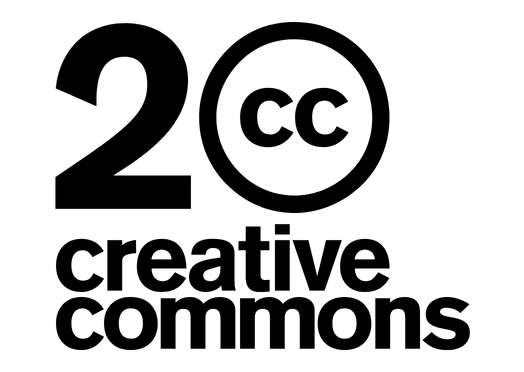
Which Creative Commons License is right for you?
Creative Commons is a licensing scheme that encourages the sharing of intellectual property whilst allowing the creator to retain ownership of the copyright. A Creative Commons license is a simple, legal means for creators to grant copyright permissions to their creative work.
The aim of the Creative Commons project is to collate a pool of digital content that can be used as a resource by anyone in their own creative processes that operates within copyright law. Creators of content can distribute their work for others to enhance, modify, edit or sample in their new creations, ensuring that the original creator is credited for their original work.
A Creative Commons license comes in seven varieties that creators (or licensors, as referred to legally) can choose from to distribute their work under (version 2.5):
- Attribution
- Attribution / Share-Alike
- Attribution / NoDerivs
- Attribution / NonCommercial
- Attribution / NonCommercial / Share-Alike
- Attribution / NonCommercial / NoDerivs
- Public Domain
Creative Commons Licenses explained:
Most of the combinations are of the following:
- Creative Commons: Attribution means that use your work must be credited to you.
- Creative Commons: ShareAlike means that the resulting use of your work must also be licensed as a ShareAlike license.
- Creative Commons: NoDerivs means that your work must not be edited or altered, but can be freely distributed.
- Creative Commons: NonCommercial means use of your work must not be used for commercial purposes.
- Creative Commons: A Public Domain license waives all rights to the copyright, allowing others to use your work freely without crediting you.
Creative Commons also makes its licenses available in three formats, reflecting the digital nature of the work and the non-legal background of the majority of creative workers:
Creative Commons Licenses come in three formats:
- Legal Code
- The license in traditional legal language
- Human Readable
- The license in standard language that most people will be able to understand
- Machine Readable
- The license in a computer language that software can recognise, embedding the license into the digital format of the work
This approach to license format is designed to ensure that creators are protected legally, those creators can understand the terms of the licenses, and that prospective licenses can use web technology to source Creative Commons licensed creations.
The Creative Commons website has an easy-to-use tool for licensing your work the way you want it, and for finding Creative Commons licensed work online.
Why use a Creative Commons license?
- It encourages the distribution of your work and your name
- It adds to the pool of digital media available for others to use
- It inspires new creations
- It enriches the record of human creative achievement stored by the World Wide Web
Anyway, you look at it Creative Commons is a great resource for Artists & Small Business owners. Creative Commons items can images, worksheets, budgets, code, photos, and anything else that comes under the umbrella of Intellectual Property. For more information see:
www.creativecommons.org.au
